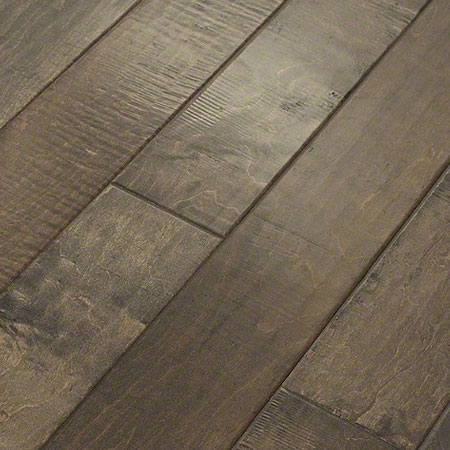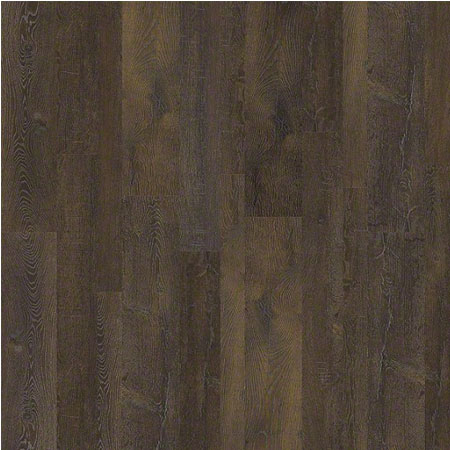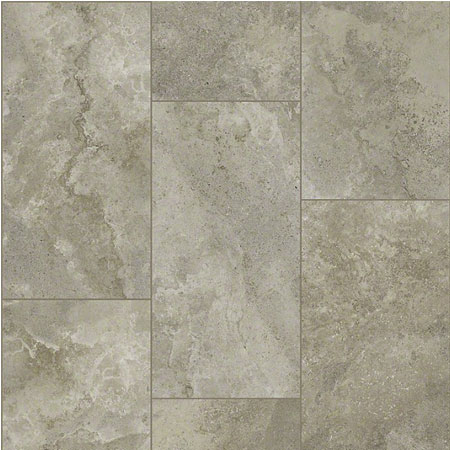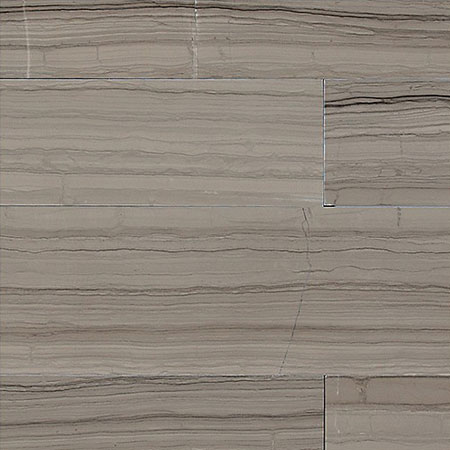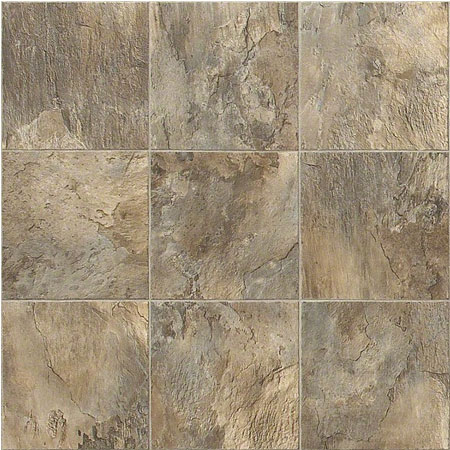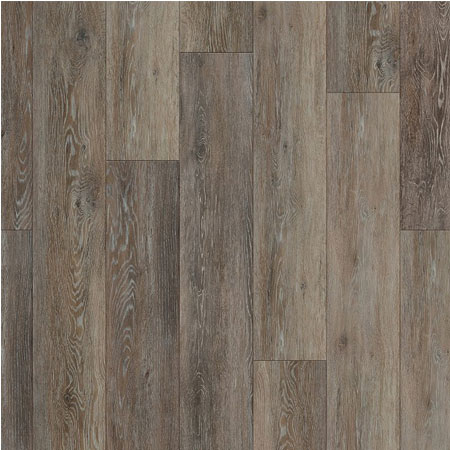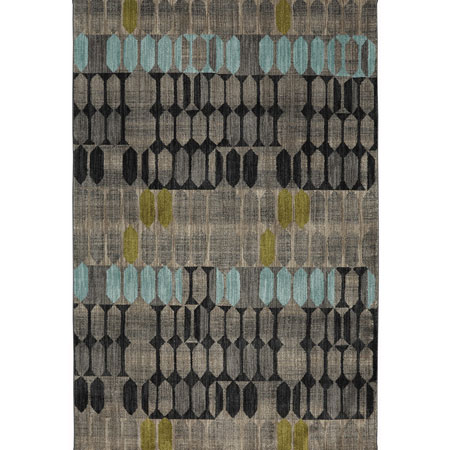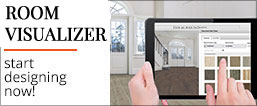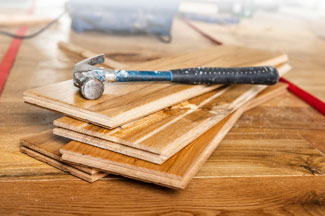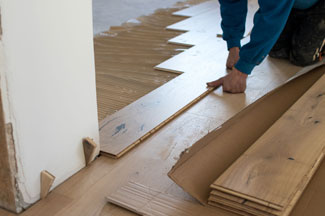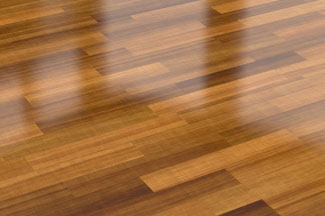How Hardwood is Made
THE BASICS FOR HOW HARDWOOD IS MADE.
Knowing how hardwood is constructed provides you with an understanding of the hardwood floor right from the beginning. Understanding hardwood construction and materials can make you a smarter shopper, help you better determine hardwood flooring value, and keep you within the parameters of your budget.
TYPE 1: THINK SOLID AND EXPANSIVE.
Solid wood floors are made of solid pieces of wood that have tongue and groove sides. They tend to be floors that are unfinished, but there are also many pre-finished 3/4” solid wood floors. Solid wood floors are sensitive to moisture and are not recommended for installation below ground level or directly over a concrete slab. Solid wood floors can be refinished, or recoated, several times, which adds to their appeal and their long life in your home. Because they are a natural product, hardwood flooring will expand and contract in response to seasonal changes in moisture. Therefore, it is important to leave a proper expansion area around the perimeter and to acclimate the wood prior to installation when installing a solid strip floor. This will help assure a lasting, beautiful application.
Oak is commonly used for solid, unfinished wood floors. There are several different qualities of oak to choose from. These qualities are clear, select, better, #1 common, and #2 common. The clear has no visual blemishes or knots and is extremely expensive. While the select and better qualities have some small knots and very little dark graining. The #1 common and #2 common have more knots and more dark graining. Be aware of this and know which quality of wood you are buying.
TYPE 2: THE EFFICIENT ENGINEERED SOLUTION.
Engineered wood floors are generally manufactured with 2, 3, or 5 thin sheets, or plies, of wood that are laminated together to form one plank. Then a wood veneer is added to the top layer. This construction creates a wood floor that is dimensionally stable and less affected by moisture than a solid wood floor. One advantage of engineered construction is that the plies can counteract each other which will stop the plank from growing or shrinking with changes in humidity. Another advantage is versatility. You can install these floors over any subfloor. Most engineered floors can be nailed down, stapled down, glued down, or floated. Engineered floors range in sizes and the board widths can be mixed to create a truly custom look for your home. Because engineered floors are made from several layers of wood, the top finish layer can be a completely different wood species.
TYPE 3: THE EASY-TO-REPLACE LONGSTRIP.
Longstrip plank floors have several wood plies that are glued together. The center core is generally a softer wood material and is used to make the tongue and groove. A hardwood finish layer is glued on top of the core. The top layer can be almost any hardwood species and is made up of many smaller individual pieces that are laid in three rows. Longstrip planks are approximately 86” in length and 7 1/2” in width. The have between 17-35 pieces that make up the top layer of each board. This gives the effect of installing a board that is three rows wide and several planks long. Each longstrip plank looks like an entire section that has already been pre-assembled. Longstrip planks are designed for a floating installation but can also be glued or stapled down. Because these floors are generally floated, they are extremely versatile and can go over a wide variety of subfloors. Longstrip floors come in a wide variety of hardwood species and are easy to replace. This can be an advantage for active homes.
THE DIFFERENT HALLMARKS OF HARDWOOD.
Each wood has its own unique characteristics. The color of the wood is determined by what part of the tree the wood originally came from. The grain pattern is determined by the species and how the wood is cut. Natural variations in the color and grain are normal and to be expected. All hardwood floors will fade, darken, or change shades over time. Exposure to sunlight will greatly increase this process. Window treatments are recommended as well as rotating rugs and furniture to allow floors to age evenly from sunlight exposure.
UNDERSTAND THAT WOOD MOVES.
Wood floors will expand and contract due to moisture and temperature changes. This can cause hairline cracks and slight height variations. It will not expand and contract equally in all directions. This is not considered a defect, but instead a result of using a natural product.
SUBFLOORS ARE NOT LEVEL.
There isn’t a subfloor that will be perfect. You may hear hollow sounds where your subfloor’s surface dips and ridges. This does not affect the integrity of the hardwood.
KNOW THE ENTIRE COST OF OWNERSHIP.
The “cost per square foot” of your hardwood flooring is just one component of the entire project cost. To ensure that there are no surprises and that the hardwood you select fits into your overall budget, be sure to ask us to calculate the total cost of your floor covering project. There are many potential additional expenses that you may incur, such as furniture removal or replacement, demolition and disposal of old floor coverings, subfloor preparations, adhesives, product delivery, and installation.
THE DIFFERENT HALLMARKS OF HARDWOOD.
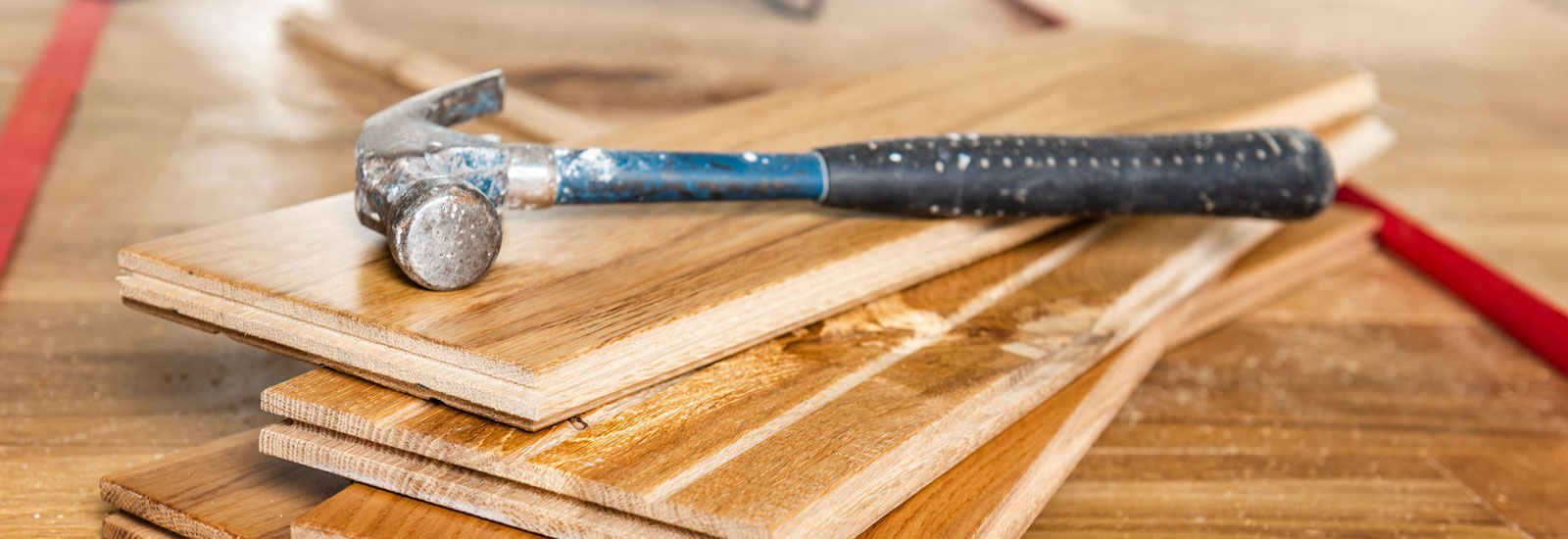
Each wood has its own unique characteristics. The color of the wood is determined by what part of the tree the wood originally came from. The grain pattern is determined by the species and how the wood is cut. Natural variations in the color and grain are normal and to be expected. All hardwood floors will fade, darken, or change shades over time. Exposure to sunlight will greatly increase this process. Window treatments are recommended as well as rotating rugs and furniture to allow floors to age evenly from sunlight exposure.
UNDERSTAND THAT WOOD MOVES.
Wood floors will expand and contract due to moisture and temperature changes. This can cause hairline cracks and slight height variations. It will not expand and contract equally in all directions. This is not considered a defect, but instead a result of using a natural product.
SUBFLOORS ARE NOT LEVEL.
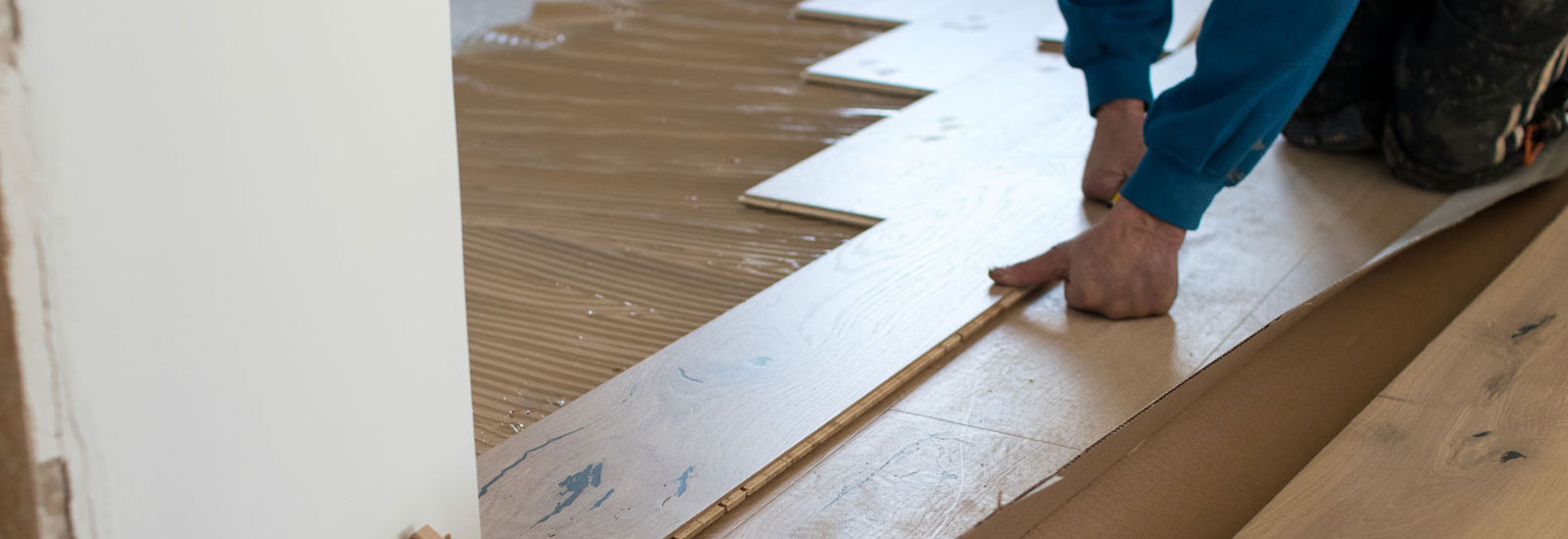
There isn’t a subfloor that will be perfect. You may hear hollow sounds where your subfloor’s surface dips and ridges. This does not affect the integrity of the hardwood.
KNOW THE ENTIRE COST OF OWNERSHIP.
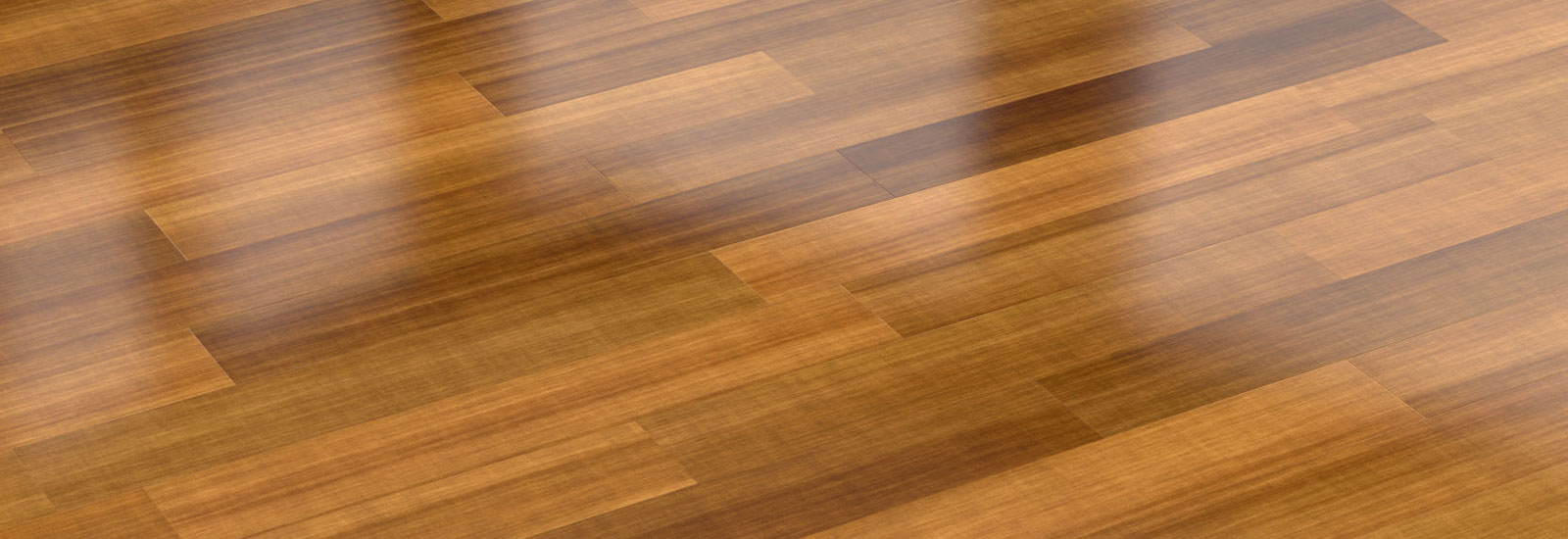
The “cost per square foot” of your hardwood flooring is just one component of the entire project cost. To ensure that there are no surprises and that the hardwood you select fits into your overall budget, be sure to ask us to calculate the total cost of your floor covering project. There are many potential additional expenses that you may incur, such as furniture removal or replacement, demolition and disposal of old floor coverings, subfloor preparations, adhesives, product delivery, and installation.


